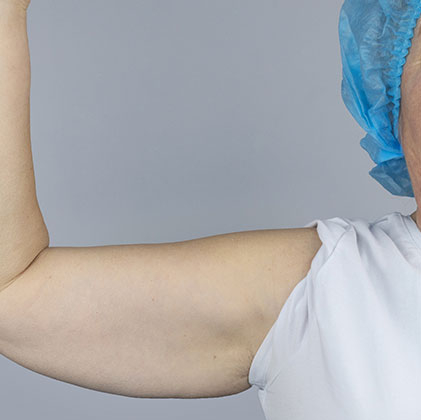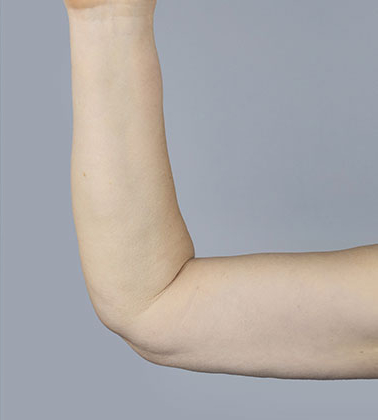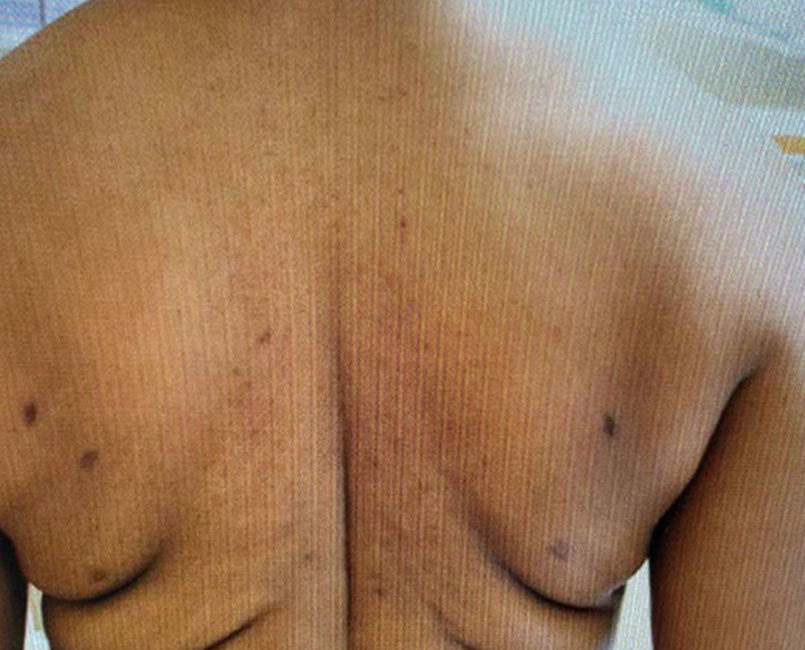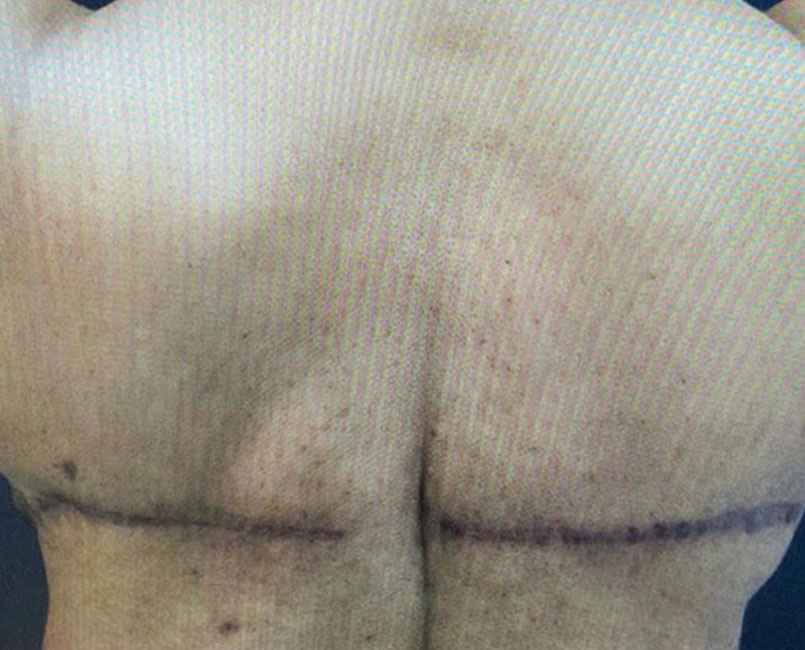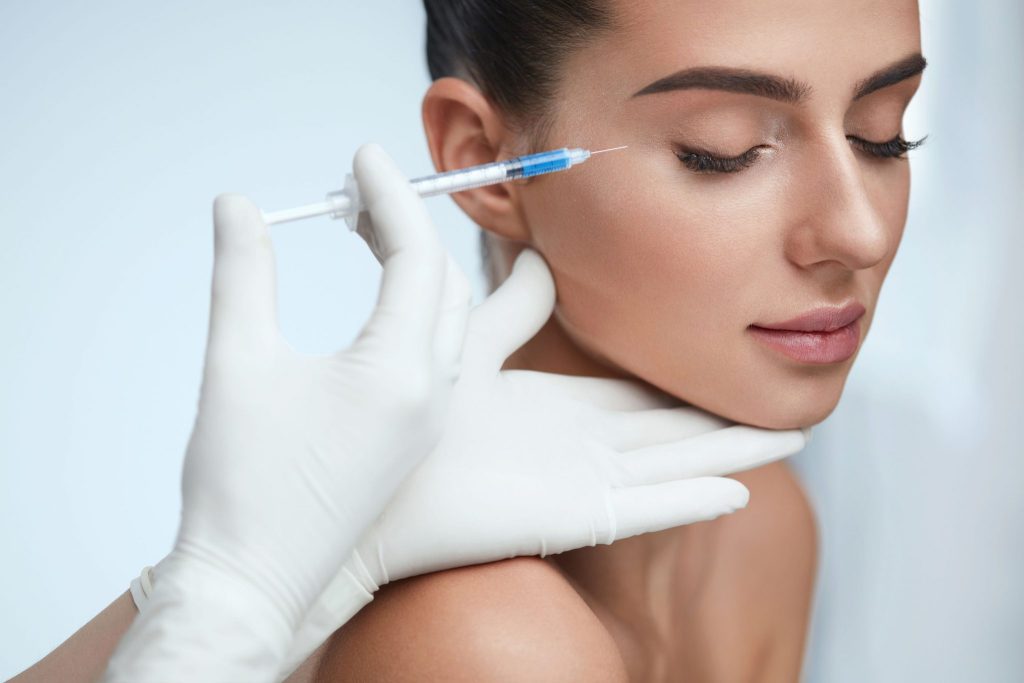Eyelid surgery, also known as blepharoplasty, is an outpatient cosmetic treatment that helps you retain your youthful appearance by eliminating extra skin and fat around the eyes.
Although most individuals experience a relatively short downtime, the duration may vary. There are plenty of factors that impact recovery, including one’s general health condition and pain tolerance and the technique used by the surgeon.
An individual who undertakes both lower and upper blepharoplasty has a long recovery period than the one who undertakes only lower blepharoplasty.
The following write-up provides a clear understanding of the average eyelid surgery timeline, along with some tips that can speed up healing to a great extent. Please check it out right now.
Recovery Restrictions and Milestones
2-3 Days Post Surgery- According to the top-notch experts performing eyelid surgery Fairfax, some people suffer from grogginess or nausea from the anesthesia used during the procedure. The eyes can feel warm, tender, or tight. Mild pain, blurry vision, and slight sight impairments are also possible reactions.
Depending on the kind of blepharoplasty performed, protective bandages or gauze are placed on top of the eyes. After the third day, most probably, the incision sites start to itch. Don’t worry. This is a natural part of the healing procedure and may last a few weeks. Patients must not scratch or rub their eyes until the area is deemed okay.
1 Week Post Surgery- The patients may have been suffering from constant swelling and bruising; however, the discomfort should be minimal after a week. Sight becomes clear though patients are suggested to avoid activities that can strain the eyes, such as watching television, working on the computer, and reading books. Stitches are removed or fully dissolved
10 Days Post Surgery- Most patients could return to work and do normal day-to-day chores like TV watching or reading. However, strenuous physical activities should still be avoided. Both blurry vision and pain are negligible; however, some inflammation and light bruising may still remain.
2-3 Weeks Post Surgery- Bruising and swelling around the eyes start fading away. The patients can start putting on contact lenses and eye makeup such as kohl, mascara, and eye shadow. They can participate in strenuous exercises except for contact sports. Their eyes can tire out easily.
4-6 Weeks Post Surgery- The patients start seeing the final outcome of the procedure, and most or all of the side effects dissipate. They completely recover, and the limitations are lifted.
Tips for a Fast Healing
• Adhere to the aftercare instructions specified by your surgeon.
• Attend all the post-surgical appointments.
• Take leave from work.
• Arrange a caregiver to help during the first week with the daily chores.
• Do not wear glasses or lenses.
• Apply ice compresses to help address swelling and bruising.
• Avoid smoking cigarettes, consuming alcohol, and taking medications that the surgeon does not clear.
• Sleep by keeping your head in an elevated position.
• Get lots of rest.
• Eat healthy foods and drink a lot of water.
Getting blepharoplasty done from someone board-certified assures a proper recovery too. The experts providing plastic surgery Chevy Chase MD are considered best as they can customize treatment plants as per patient requirements and charge reasonably.
